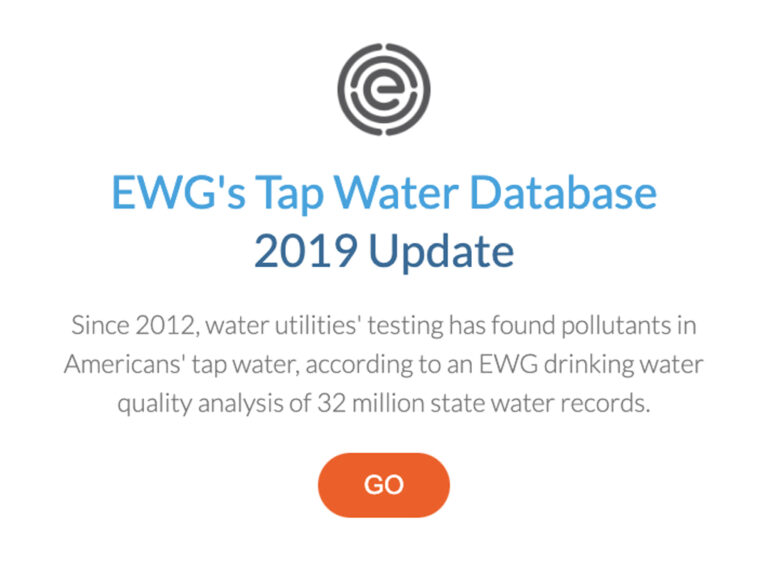Drinking Water 101
Knowing where your drinking water comes from, how it is cleaned/purified, and how it gets to you is critical. It impacts each of us every day. In this section you will learn how to properly test your drinking water at home and about remedies available to fix any unhealthy results.
You will also learn about recycling and sustainability. Where do materials go to be recycled and how are they reused? What is the impact of plastic water bottles on our environment and why are aluminum cans a much better choice than plastic?
Why care about Water?
According to a recent UN World Water Development Report, a child dies every eight seconds from drinking unsafe water. 5,000 children die every day and every 21 seconds a child perishes from waterborne diseases such as typhoid, cholera, and dysentery. In addition, virtually every US city is affected. Deteriorating infrastructures, along with careless business and environmental practices are delivering unsafe drinking water to unsuspecting citizens. Ensuring access to safe, clean water worldwide is critical. Not only is it essential for successful agriculture, food and energy production, It is a children’s issue because water is vital for healthy development and survival.
But we can still fix things. At CW4K, we believe that understanding the problem is key to a lasting recovery.
Amazing facts about water
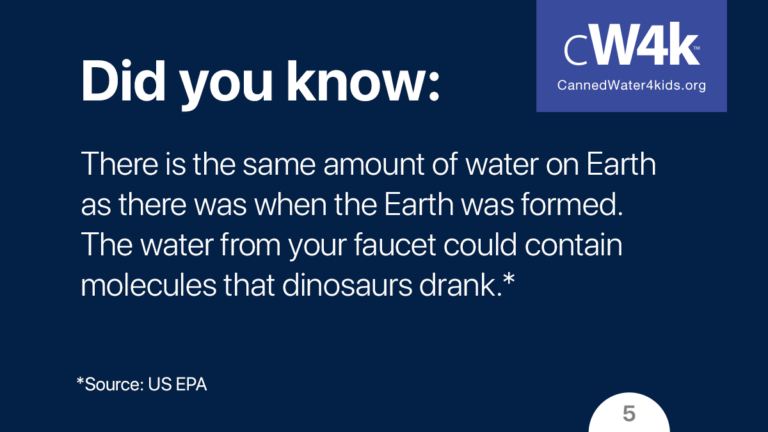
Look what we discovered. What surprises you about these facts? Discuss with a friend or in class.
- 783 million people worldwide do not have access to clean, safe water (Source:WHO/UNICEF).
- A person can live about a month without food, but only about a week without water (Source: US EPA).
- 20% of the world’s freshwater supply comes from Lake Michigan and the surrounding Great lakes
- Nearly 1 out of every 5 deaths of children under the age of 5 worldwide is due to a water-related disease (Source: WHO/UNICEF).
- A gallon of paint or a quart of motor oil can seep into the earth and pollute 250,000 gallons of drinking water (Source: US DOI).
- Nearly 97% of the world’s water is salty or otherwise undrinkable. Another 2% is locked in ice caps and glaciers. That leaves just 1% for humanity’s agricultural, residential, manufacturing and personal needs (Source: US EPA).
Check out more interesting water facts here
Where does your drinking water come from?
- River, lake, ocean?
- Well or community well
- Aquifer?
What's in my water?
Research the water in your area. Know what natural and environmental contaminants are there. If you’re on a municipal water system, the city is required by the EPA to meet certain water standards. Ask for a copy of your Consumer Confidence Report, which every municipal water system is required to produce on an annual basis.
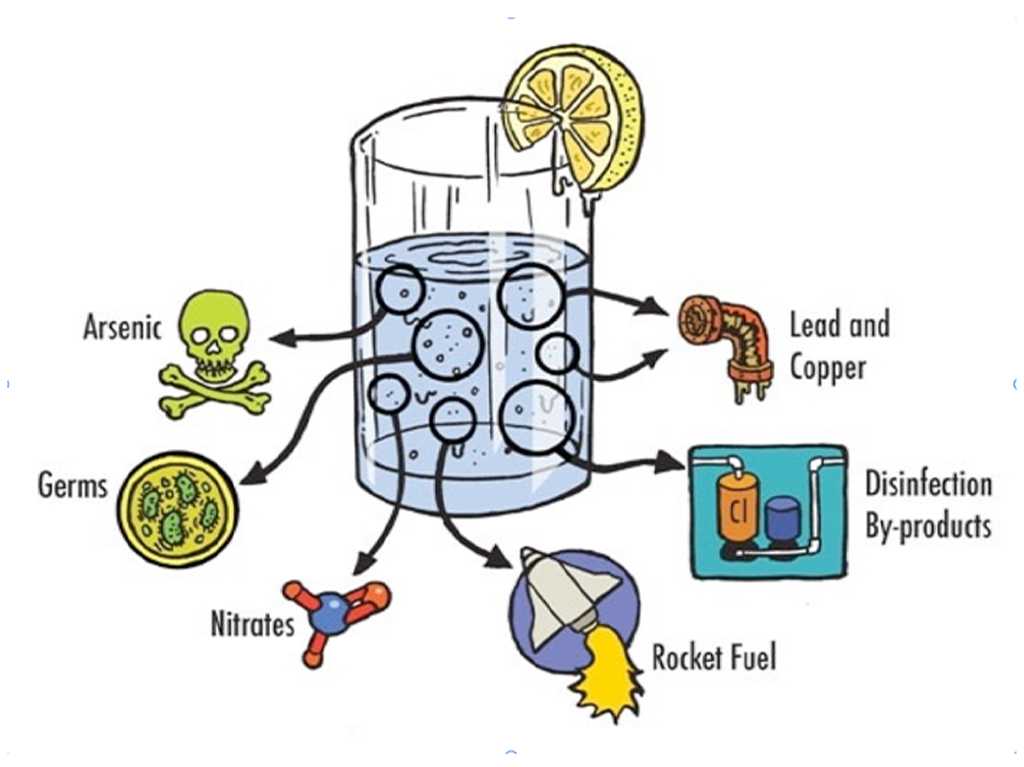
Search below to see the water quality where you live. Click the orange “GO” button and enter your zip code to find out.
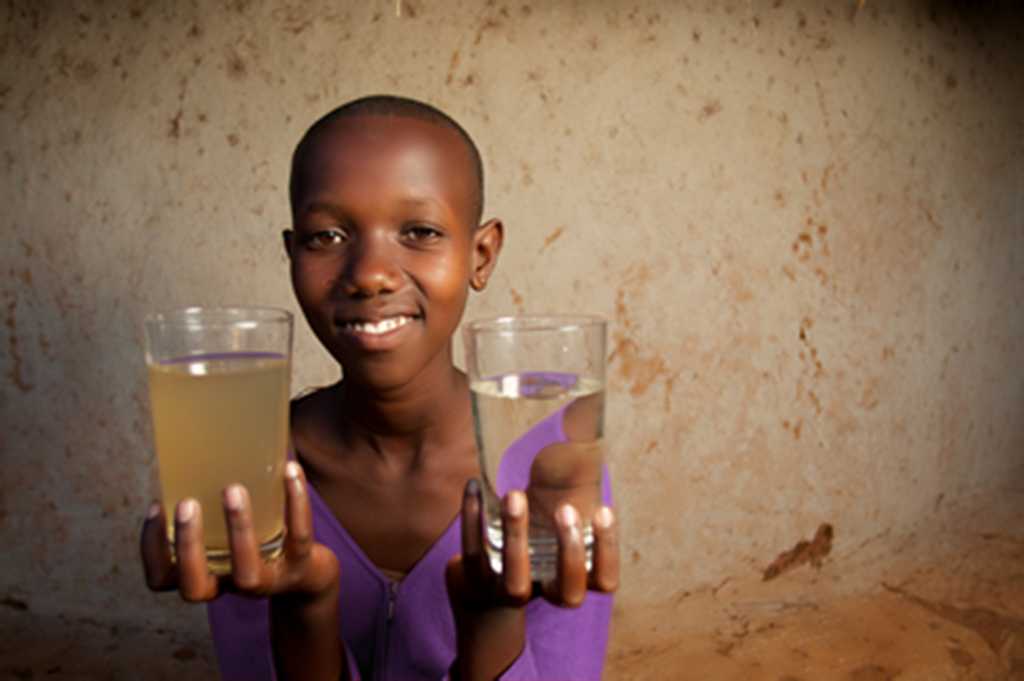
What did you find? Compare the findings with friends or others in the class. Is their water safe? Were you surprised?
A word about municipal water regulation
- Regulated by EPA (Environmental Protection Agency) Continuous Testing mandated by State and Municipal Codes, HOWEVER; that water is only regulated for less than 1 mile once it leaves the treatment plant
Private well regulation
- Not regulated by EPA Not regulated by State Not mandated to be tested
How to test your water
DIY Test Kits
It is common to find bacteria known as coliform in water that’s been exposed to human and animal activity. Most coliform bacteria do not present a health problem. However, E.coli bacteria can if present in certain amounts. Other tests might include lead, copper, arsenic, cadmium, and chromium. Plenty of test kits are available on the Internet. This video shows a demonstration of how self-service water test kits work.
How do contaminants get into our water supply?
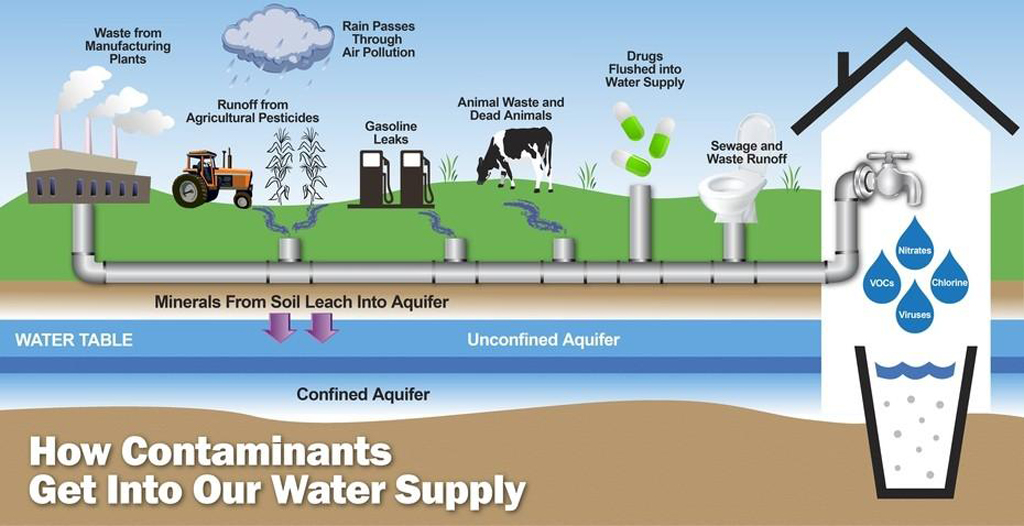
Graphic ©Fresh Water Systems, Inc.
The water that comes out of the faucet may not be a clean as you think it is. While our water may leave the treatment plant without impurities, it collects contaminants along the way from gas leaks, animal waste, sewage waste, and runoff along the way.
Water Treatment plants
Before drinking water gets to a business, home or school it is usually treated in some way to remove many of the impurities making it safe to drink. Although drinking water may be perfectly safe when it leaves the purification plant, it may not stay that way. Aging pipes and infrastructure could allow harmful chemicals and lead back into the water. So, when you turn on the faucet to take a drink the water may now be unsafe.
Here is a video showing how water treatment plants work:
In-home water treatment
Chemicals
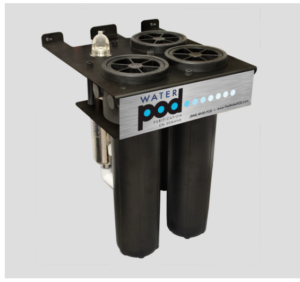
Hard water vs. soft water
Hard water picks up minerals, such as calcium, magnesium, lime, and chalk from the ground. Soft water doesn’t contain any minerals. Because of the mineral content, hard water tastes better and is great for drinking.
Soft water has no minerals and is not as tasty. It also is not as healthy for drinking. Because of its mineral content, hard water often leaves ugly grayish “water spots” on your dishes and in the sink and shower. Plus, when washing clothes, it is hard to keep whites white. Soft water is a better option when it comes to household cleaning. You will get whiter laundry whites and shiny dishes. When washing skin, soapsuds are minimized and hard water often leaves your skin dry rough and scaly. Soft water produces more lather and is gentler on skin.
Water and health
The importance of clean, safe drinking water is second to none.
- Are we running out of clean water?
- Do you agree with this video?
- What do you think?
Discuss with a friend or classmates.
Sustainability & Recycling
Aluminum vs plastic bottles. What do you think?

